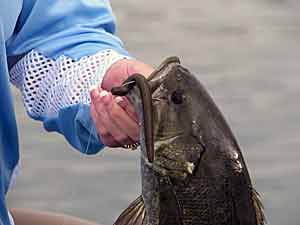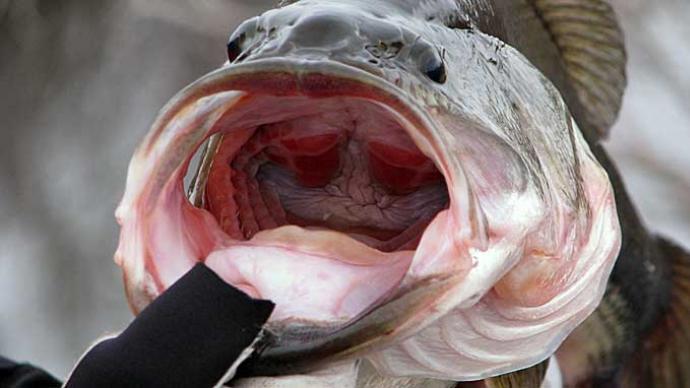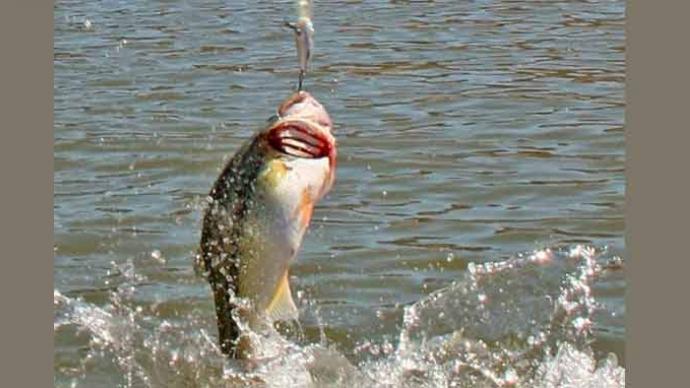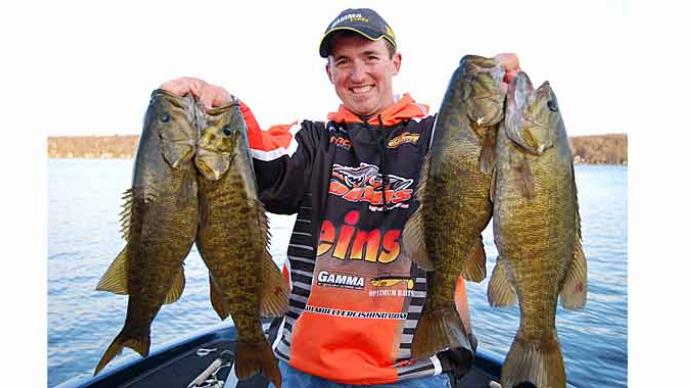
When it comes to consistently catching fish there is one common denominator, fish location. The simple fact that you can’t catch them if they aren’t there, is often ignored. A recent productive outing, a hot tip on what’s working from a reliable source, or a preconceived notion about where the fish will be on any body of water at any given time are among the reasons we tend to ignore the most important element in catching fish. If your goal is to catch fish and not just ‘go fishing,’ learning how to locate them should be your first priority. Most of us have the basic skills when it comes to angling and some have honed those skills enough to rival the pros, but many don’t spend nearly enough time or effort in finding the fish.
Locating fish is not a simple task, but it doesn’t always have to be as complicated as some make it out to be. Basically you are eliminating areas where they aren’t and if you approach your search with this mentality, not catching fish is a plus, at least when it comes to your search. It’s true that seasonal patterns may be all that you need to consider, but for the most part those are just starting points or the first part of the equation. So let’s take a look at other variables to consider when attempting to solve that equation.
During the spawn, reproduction is the driving force in determining fish location. If you know the general areas used for spawning, all you need to determine is what stage of the spawn the fish are in at the time you’re on the water. The process of elimination is fairly simple. You’ve already eliminated a large percentage of water and can concentrate on the areas leading up to the spawning sites, or the sites themselves. This is a simplified form of locating the fish as there aren’t many variables.
Now consider the two longest seasons, winter and summer. As a big majority of anglers don’t, or rarely fish during the winter I’ll use the summer season when discussing the variables. Although there are many to take into account, for simplicity’s sake I’ll focus on the other three major factors;depth, presence of forage and activity levels.Our equation would then look something similar to season+depth+forage+activity level = Fish Location. Although any of the values can be a more important factor at one time or another, we will give them the same value in our equation. Through the process of eliminating potential areas we can determine the most likely fish location.
Using the summer season as our example, we need to know a few facts to apply when it comes to those factors. What is the preferred forage? Do the fish use the shallows or deep water, or both during summer? Now all we need to do is apply those factors to our equation. Summer (season)+Shallow (depth) + Shad (forage)+ Activity Level= fish location. If you are targeting fish that use deep water as their summer home, the depth factor has more value and needs to be broken down into areas of the water column. Either way, another factor needs to be added to our equation and that is the fish’s activity level. This is where it begins to get complicated and it’s one of the reasons why many anglers don’t abandon the shallows in the summer.
The introduction of electronics and their improvement over the years has been a major factor of increased success fishing off shore. The fish and their forage can be seen on most depth finders if the operator is knowledgeable about its use and has an idea of where to look. Combine that with the increased information available about how fish position themselves with relation to their activity level and experienced anglers can also tell you how likely they are to catch the fish they mark.
If you’re serious about catching fish consistently, you need to focus on fish location and in doing so you are going to need a systematic approach. Start with a simple approach and adjust as needed – adding whatever factors (activity levels, cold fronts, barometric pressure, moon phase, etc.) you think have value as your skill improves and you will find yourself having fewer fishless outings.




